Home>Gardening & Outdoor>Landscaping Ideas>What Kind Of Soil To Use In A Raised Garden Bed
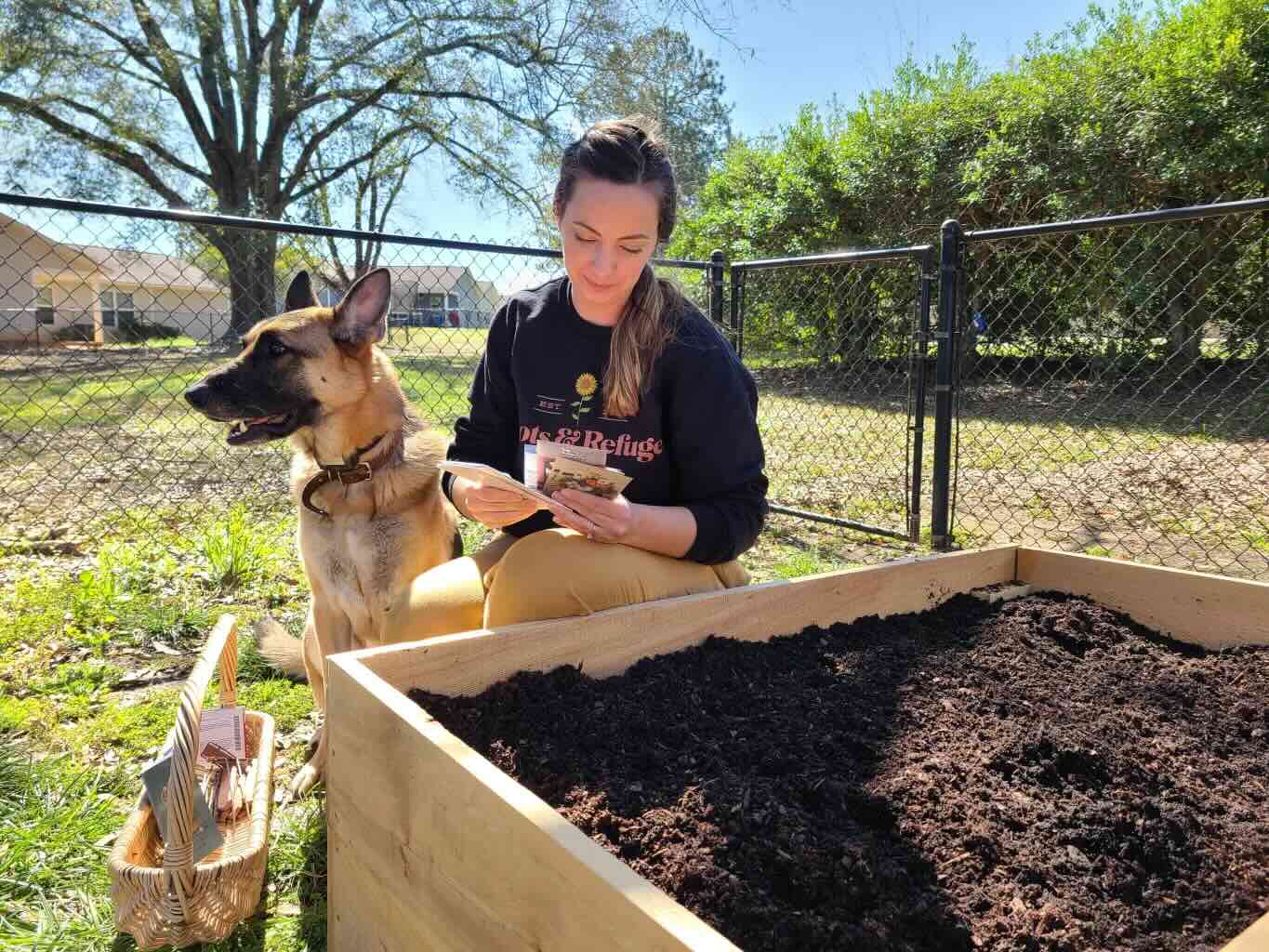

Landscaping Ideas
What Kind Of Soil To Use In A Raised Garden Bed
Modified: April 1, 2024
Discover the best soil for raised garden beds with our expert landscaping ideas. Learn how to create the perfect growing environment for your plants.
(Many of the links in this article redirect to a specific reviewed product. Your purchase of these products through affiliate links helps to generate commission for Storables.com, at no extra cost. Learn more)
Introduction
When it comes to gardening, the choice of soil is paramount to the success of your plants. In the realm of raised garden beds, this decision becomes even more crucial. Raised garden beds offer a myriad of benefits, and the type of soil used can significantly impact the health and yield of your plants. Understanding the nuances of soil selection for raised garden beds is essential for any gardening enthusiast.
The soil in a raised garden bed serves as the lifeblood for your plants, providing essential nutrients, aeration, and drainage. It acts as the foundation upon which your garden will thrive, making it imperative to choose the right type of soil. Factors such as water retention, nutrient levels, and texture play a pivotal role in determining the suitability of soil for raised garden beds.
In this comprehensive guide, we will delve into the various aspects of selecting soil for raised garden beds. From exploring the benefits of raised garden beds to understanding the different types of soil and best practices for preparation, this guide aims to equip you with the knowledge needed to make informed decisions for your gardening endeavors. Whether you are a seasoned gardener or a novice enthusiast, this guide will serve as a valuable resource to enhance your understanding of soil selection for raised garden beds.
By the end of this article, you will have a deeper appreciation for the critical role that soil plays in the success of your raised garden beds. Armed with this knowledge, you will be better equipped to create an optimal environment for your plants to flourish, ultimately reaping the rewards of a bountiful and thriving garden. So, let's embark on this journey to unravel the secrets of selecting the perfect soil for your raised garden beds.
Key Takeaways:
- The type of soil you choose for raised garden beds can make a big difference in how well your plants grow. Factors like drainage, pH levels, and nutrient content play a crucial role in creating a thriving garden environment.
- Raised garden beds offer a range of benefits, from improved soil quality to extended growing seasons. By understanding soil composition and using the right soil types, you can create an ideal environment for your plants to flourish.
Read more: What To Put In A Raised Garden Bed For Soil
Benefits of Using Raised Garden Beds
-
Improved Soil Quality: Raised garden beds allow for better control over the soil composition, enabling gardeners to create an optimal growing environment. By using high-quality soil, enriched with organic matter and essential nutrients, plants can thrive and produce healthier yields.
-
Enhanced Drainage: Raised garden beds facilitate superior drainage, preventing waterlogging and soil compaction. This is particularly beneficial in areas with heavy rainfall, as excess water can easily drain away, reducing the risk of root rot and other water-related issues.
-
Weed and Pest Management: The elevated nature of raised garden beds can deter invasive weeds and certain pests, offering a natural barrier to protect plants. Additionally, the confined space makes it easier to implement weed control measures and monitor for potential pest infestations.
-
Extended Growing Season: The soil in raised garden beds warms up more quickly in the spring, allowing for earlier planting and extended growing seasons. This is advantageous for cultivating a wider variety of crops and maximizing the yield throughout the year.
-
Accessibility and Ergonomics: The raised height of the beds reduces the need for bending or kneeling, making gardening more accessible and comfortable, especially for individuals with mobility issues. This feature also appeals to children, as it provides them with a convenient and engaging way to participate in gardening activities.
-
Aesthetic Appeal: Raised garden beds add visual interest to outdoor spaces, creating defined and organized planting areas. They can be customized to complement the overall design of the landscape, enhancing the aesthetic appeal of the garden.
-
Soil Conservation: By confining the soil within raised beds, erosion is minimized, and the risk of soil compaction is reduced. This promotes soil conservation and sustainability, preserving the integrity of the growing medium over time.
-
Optimized Plant Growth: The controlled environment of raised garden beds promotes healthier root development and overall plant growth. This can lead to increased productivity and more robust, vibrant vegetation.
In summary, the utilization of raised garden beds offers a multitude of advantages that cater to both the practical and aesthetic aspects of gardening. From improved soil quality and drainage to enhanced accessibility and pest management, the benefits of raised garden beds make them a compelling choice for gardeners seeking to optimize their growing conditions and elevate the overall gardening experience.
Factors to Consider When Choosing Soil for Raised Garden Beds
When selecting soil for raised garden beds, several crucial factors should be taken into account to ensure the optimal growth and vitality of your plants. Understanding these considerations will empower you to make informed decisions and create an environment that fosters thriving vegetation.
-
Soil Composition: The composition of the soil is a fundamental aspect to consider. A balanced blend of organic matter, such as compost and well-rotted manure, along with mineral components like sand, silt, and clay, is essential. This combination provides the necessary nutrients, aeration, and water retention capacity for healthy plant growth.
-
Drainage and Water Retention: The soil's ability to drain excess water while retaining sufficient moisture is critical. Well-draining soil prevents waterlogging, which can lead to root rot and other water-related issues. At the same time, it should retain enough moisture to sustain the plants between watering intervals, especially during dry spells.
-
pH Levels: Understanding the pH requirements of the plants you intend to grow is vital. Different plants thrive in varying pH levels, so it's important to choose soil that aligns with the specific needs of your desired plant species. Conducting a soil test can provide valuable insights into the pH levels and guide you in making appropriate amendments.
-
Nutrient Content: The soil should be rich in essential nutrients, including nitrogen, phosphorus, potassium, and micronutrients. A nutrient-rich soil fosters robust plant growth and supports the development of healthy foliage, flowers, and fruits. Organic matter and compost contribute to the overall nutrient content of the soil.
-
Texture and Structure: The texture and structure of the soil influence its ability to support root growth and facilitate nutrient uptake. A well-balanced soil texture, with a mix of sand, silt, and clay, promotes good aeration and root penetration. It should be loose enough to allow for proper root development while still providing ample support for the plants.
-
Local Climate and Environmental Factors: Consider the local climate and environmental conditions when choosing soil for raised garden beds. Factors such as temperature fluctuations, rainfall patterns, and sun exposure can impact the soil's performance. Selecting soil that is well-suited to the prevailing climate will enhance its effectiveness in nurturing your plants.
By carefully evaluating these factors and tailoring the soil composition to meet the specific needs of your plants, you can create an ideal growing environment within your raised garden beds. This thoughtful approach to soil selection sets the stage for a flourishing garden, where plants can thrive and yield bountiful harvests.
Types of Soil to Use in Raised Garden Beds
Selecting the right type of soil for raised garden beds is a pivotal decision that directly impacts the health and productivity of your plants. Various soil types offer distinct characteristics and advantages, catering to different gardening needs and plant preferences. Understanding the properties of each soil type is essential for making informed choices and creating an optimal growing environment within raised garden beds.
-
Topsoil:
- Topsoil is the uppermost layer of soil, rich in organic matter and essential nutrients. It provides a solid foundation for plant growth and is often used as a base component in raised garden bed soil mixtures. When sourced from reputable suppliers, topsoil can offer a balanced composition that supports healthy root development and overall plant vitality.
-
Compost:
- Compost is a valuable addition to raised garden bed soil, renowned for its nutrient-rich properties and ability to enhance soil structure. Incorporating compost into the soil mixture promotes microbial activity, improves water retention, and enriches the soil with vital nutrients, fostering a fertile and conducive environment for plant growth.
-
Peat Moss:
- Peat moss is prized for its exceptional water retention capacity and acidic pH, making it an ideal component for soil mixtures tailored to acid-loving plants such as blueberries and azaleas. Its moisture-retentive nature ensures consistent hydration for plants, particularly in raised garden beds where drainage and moisture management are crucial.
-
Perlite and Vermiculite:
- These lightweight, mineral-based additives contribute to soil aeration and moisture retention. Their presence in the soil mixture promotes proper root oxygenation and prevents compaction, creating a well-balanced growing medium within raised garden beds.
-
Coir:
- Coir, derived from coconut husks, is a sustainable alternative to peat moss, offering excellent water retention and aeration properties. It is an eco-friendly addition to raised garden bed soil, contributing to the overall moisture management and structural integrity of the soil mixture.
-
Well-Aged Manure:
- Incorporating well-aged manure into the soil mixture introduces valuable organic matter and essential nutrients, enriching the soil and fostering a fertile environment for plant growth. It is essential to ensure that the manure is thoroughly composted to avoid potential issues with pathogens and excessive nitrogen levels.
-
Garden Soil Mixes:
- Pre-formulated garden soil mixes, specifically designed for raised garden beds, offer convenience and a balanced blend of organic matter, minerals, and nutrients. These mixes are tailored to provide an optimal growing medium, simplifying the process of preparing raised garden beds for planting.
By understanding the unique characteristics and benefits of each soil type, gardeners can customize the soil composition of their raised garden beds to meet the specific needs of their plants. The thoughtful selection and combination of soil components lay the groundwork for a thriving garden, where plants can flourish and yield abundant harvests.
Best Practices for Preparing and Filling Raised Garden Beds with Soil
Preparing and filling raised garden beds with soil is a critical step that sets the stage for successful plant growth and abundant harvests. By adhering to best practices, gardeners can create an optimal growing environment within their raised beds, ensuring that the soil composition is conducive to healthy root development and sustained plant vitality.
Read more: What Kind Of Wood For A Raised Garden Bed
Clear the Area and Level the Bed
Before filling the raised garden bed with soil, it is essential to clear the designated area of any debris, weeds, or unwanted vegetation. This initial step provides a clean canvas for the garden bed and minimizes the risk of competing plants encroaching on the cultivated area. Additionally, leveling the bed surface ensures uniform soil distribution and promotes consistent water retention and drainage throughout the bed.
Use a Balanced Soil Mixture
A balanced soil mixture is key to providing the necessary nutrients, aeration, and moisture retention for plant growth. Combining topsoil, compost, and organic amendments in the right proportions creates a fertile and well-structured growing medium. The soil mixture should strike a harmonious balance between water retention and drainage, fostering an environment where plant roots can thrive without being waterlogged or deprived of essential moisture.
Incorporate Soil Amendments and Nutrients
Incorporating soil amendments such as organic matter, perlite, vermiculite, and well-aged manure enriches the soil with essential nutrients and promotes favorable soil structure. These amendments enhance the soil's capacity for water retention, aeration, and nutrient availability, laying the groundwork for robust plant growth and sustained vitality within the raised garden bed.
Avoid Compaction and Ensure Adequate Depth
When filling the raised garden bed with soil, it is crucial to avoid excessive compaction, which can impede root penetration and hinder plant growth. By gently layering and fluffing the soil mixture, gardeners can create a loose and aerated environment that facilitates healthy root development. Additionally, ensuring an adequate depth of soil within the raised bed provides ample room for robust root systems to establish and thrive.
Read more: What Soil To Use For Raised Garden Beds
Consider Soil Warming Techniques
In regions with cooler climates or during the early spring planting season, employing soil warming techniques can accelerate the warming of the soil within raised garden beds. This can include utilizing black plastic mulch or row covers to capture and retain heat, promoting earlier planting and extended growing seasons for heat-sensitive crops.
Mulch and Maintain Soil Moisture
Applying a layer of organic mulch, such as straw or wood chips, to the surface of the soil helps conserve moisture, suppresses weed growth, and moderates soil temperature. Mulching also contributes to the overall soil structure and microbial activity, fostering a healthy and balanced ecosystem within the raised garden bed.
By adhering to these best practices for preparing and filling raised garden beds with soil, gardeners can establish an optimal growing environment that nurtures healthy plant growth and maximizes the yield of their crops. The thoughtful consideration of soil composition, structure, and maintenance sets the foundation for a flourishing garden within raised beds, where plants can thrive and flourish throughout the growing season.
Conclusion
In the realm of gardening, the significance of soil selection for raised garden beds cannot be overstated. The journey of exploring the intricacies of soil composition, preparation, and best practices culminates in a profound understanding of the pivotal role that soil plays in nurturing thriving vegetation within raised beds. As we conclude this comprehensive guide, it is essential to reflect on the key takeaways and the transformative impact of informed soil selection on the success of gardening endeavors.
The benefits of utilizing raised garden beds extend far beyond mere convenience, encompassing a holistic approach to optimizing the growing environment. From improved soil quality and enhanced drainage to extended growing seasons and accessibility, raised garden beds offer a myriad of advantages that cater to the diverse needs and aspirations of gardeners. The deliberate choice of soil for raised beds serves as the cornerstone of realizing these benefits, laying the groundwork for a flourishing garden that yields bountiful harvests and fosters a deep sense of connection to the natural world.
Factors such as soil composition, drainage, pH levels, nutrient content, texture, and environmental considerations form the bedrock of informed soil selection for raised garden beds. By carefully evaluating these factors and tailoring the soil composition to meet the specific needs of plants, gardeners can create an ideal growing environment that nurtures robust root development and sustained vitality. This thoughtful approach sets the stage for a garden where plants can thrive, unfurling their vibrant foliage and bearing the fruits of diligent cultivation.
The diverse array of soil types available for raised garden beds presents a tapestry of possibilities, each offering unique characteristics and benefits that cater to different plant preferences and gardening aspirations. Understanding the properties of topsoil, compost, peat moss, perlite, vermiculite, coir, well-aged manure, and pre-formulated garden soil mixes empowers gardeners to customize the soil composition, creating an optimal growing environment that aligns with their botanical ambitions.
As we embrace the best practices for preparing and filling raised garden beds with soil, we embark on a journey of nurturing the very essence of life within the cultivated earth. Clearing the area, using a balanced soil mixture, incorporating soil amendments, avoiding compaction, and considering soil warming techniques are all integral components of this transformative process. These practices culminate in the creation of an environment where plants can thrive, unfurling their vibrant foliage and bearing the fruits of diligent cultivation.
In essence, the art of selecting soil for raised garden beds transcends the realm of horticulture, embodying a profound connection to the natural world and the timeless rhythms of growth and renewal. It is a testament to the transformative power of informed choices and thoughtful cultivation, where the earth becomes a canvas for nurturing life and reaping the abundant rewards of a flourishing garden. As we partake in this timeless dance of sowing, tending, and harvesting, the soil becomes not just a medium for plant growth, but a testament to the enduring bond between humanity and the bountiful gifts of nature.
Frequently Asked Questions about What Kind Of Soil To Use In A Raised Garden Bed
Was this page helpful?
At Storables.com, we guarantee accurate and reliable information. Our content, validated by Expert Board Contributors, is crafted following stringent Editorial Policies. We're committed to providing you with well-researched, expert-backed insights for all your informational needs.
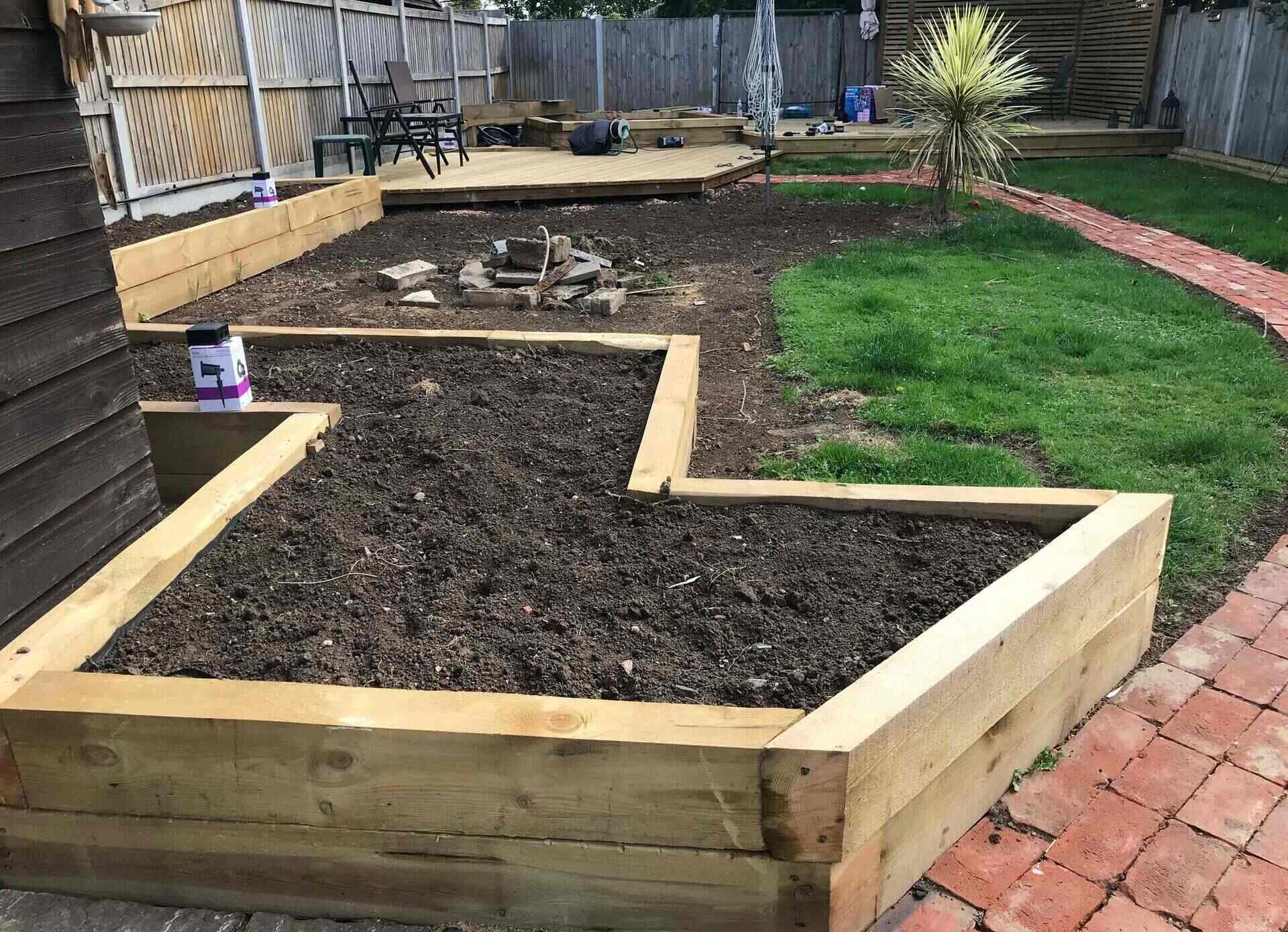
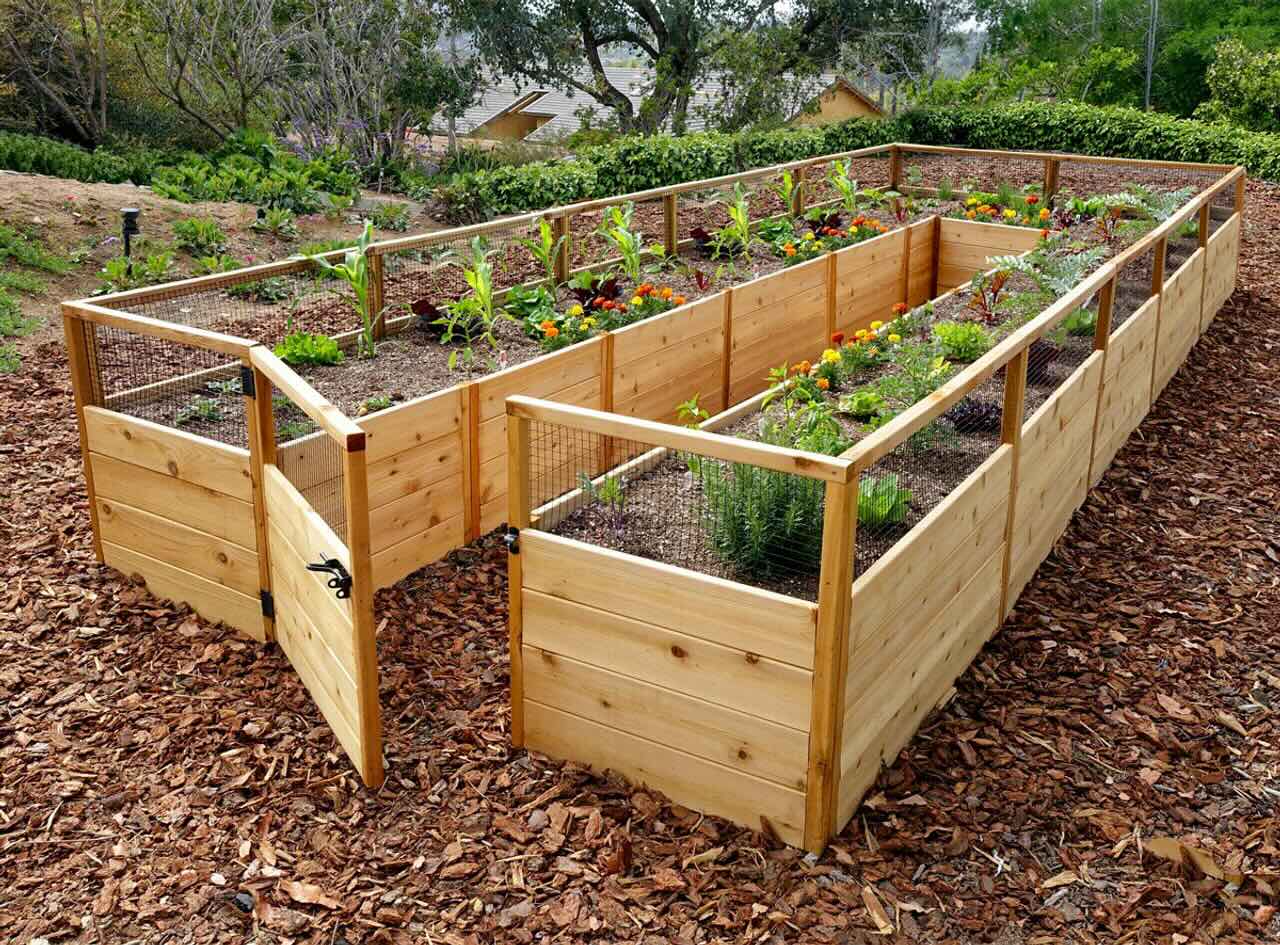
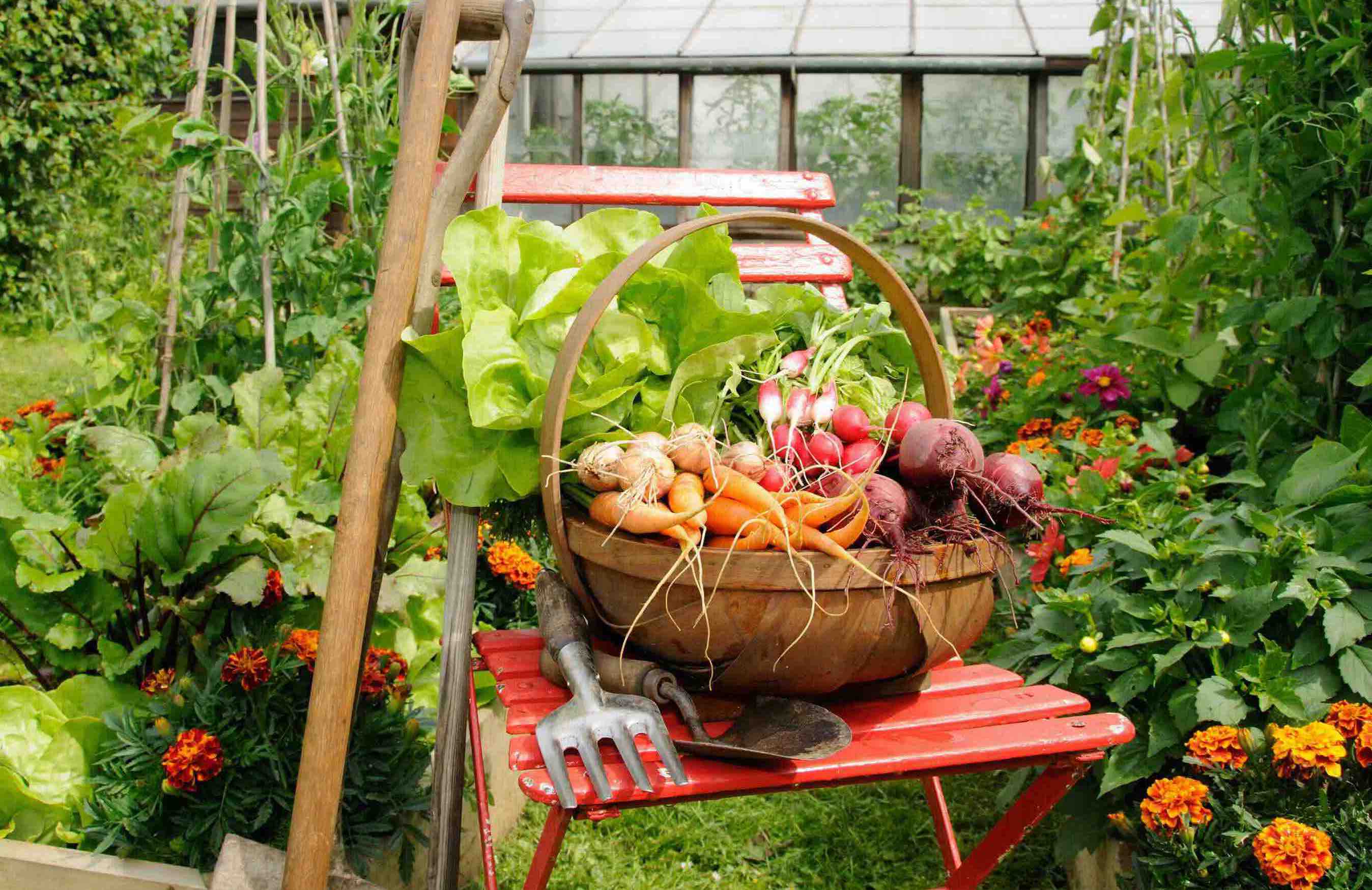
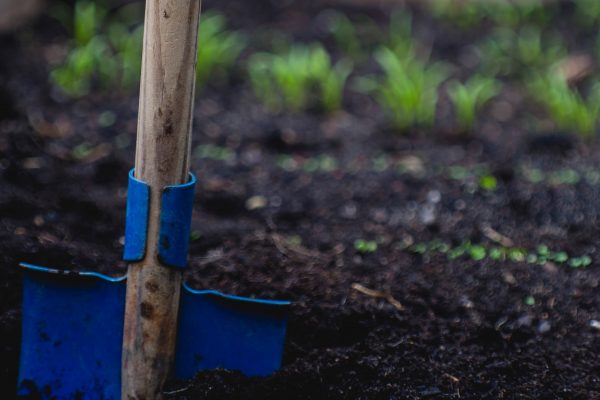
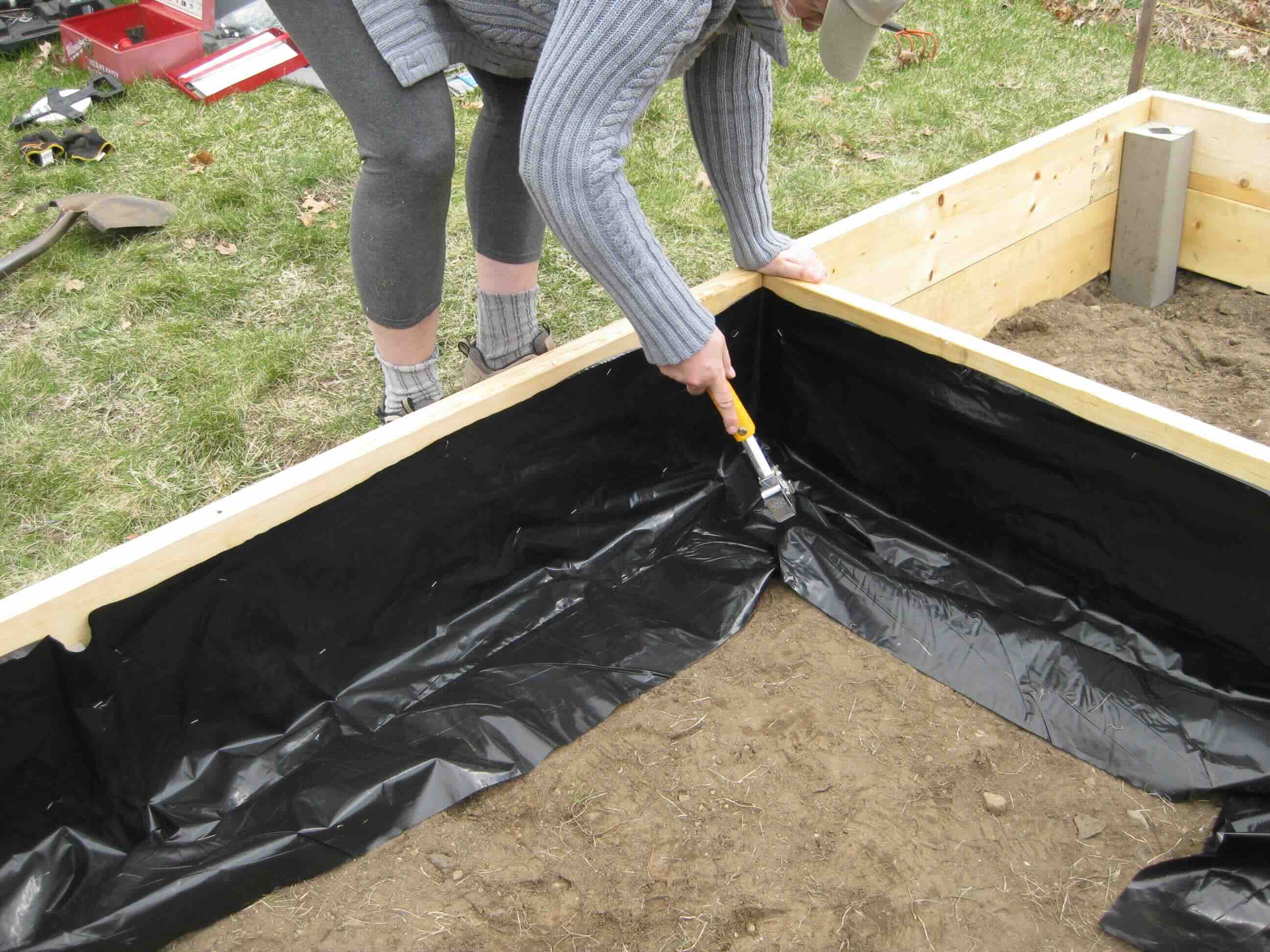
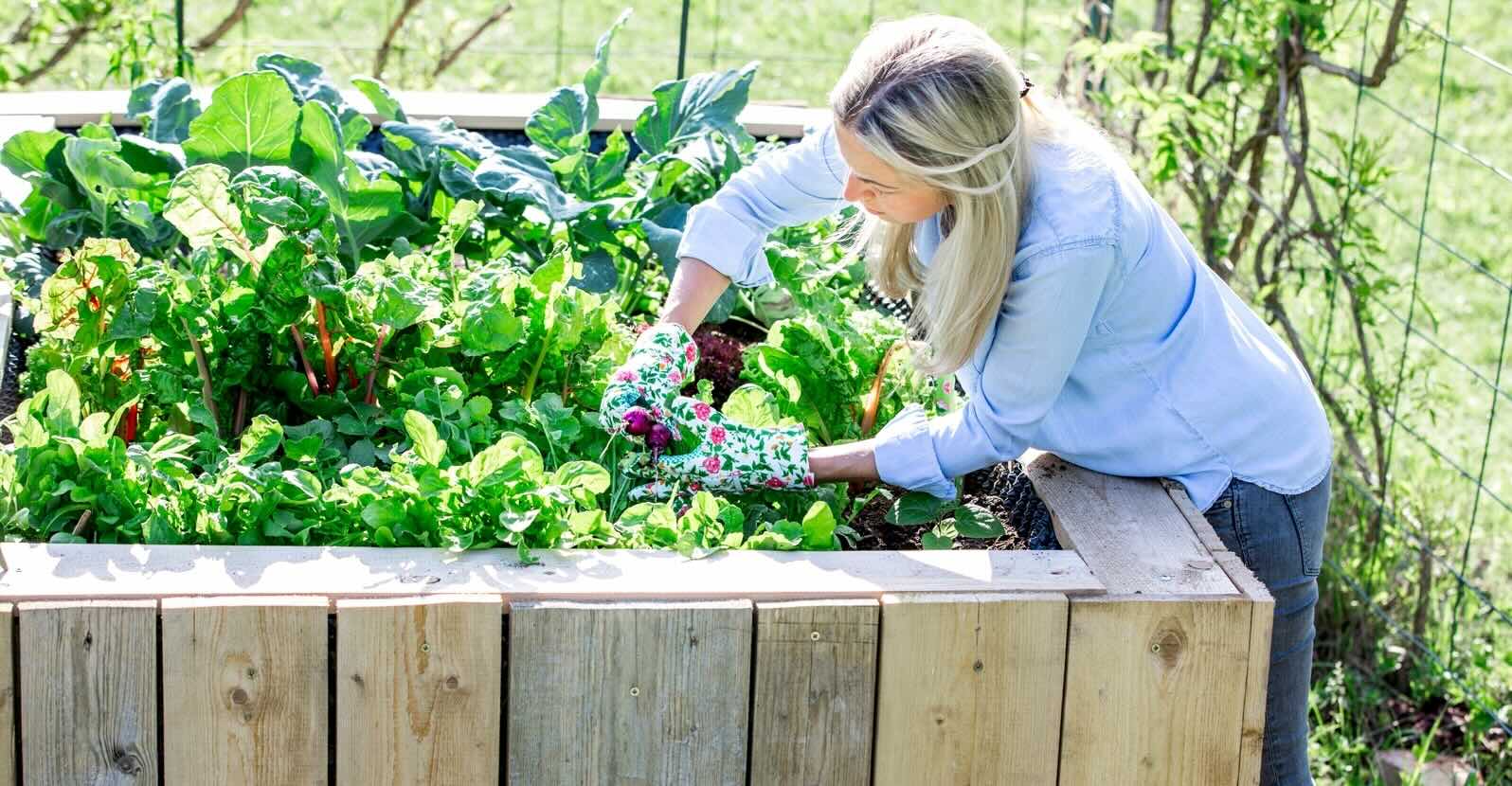
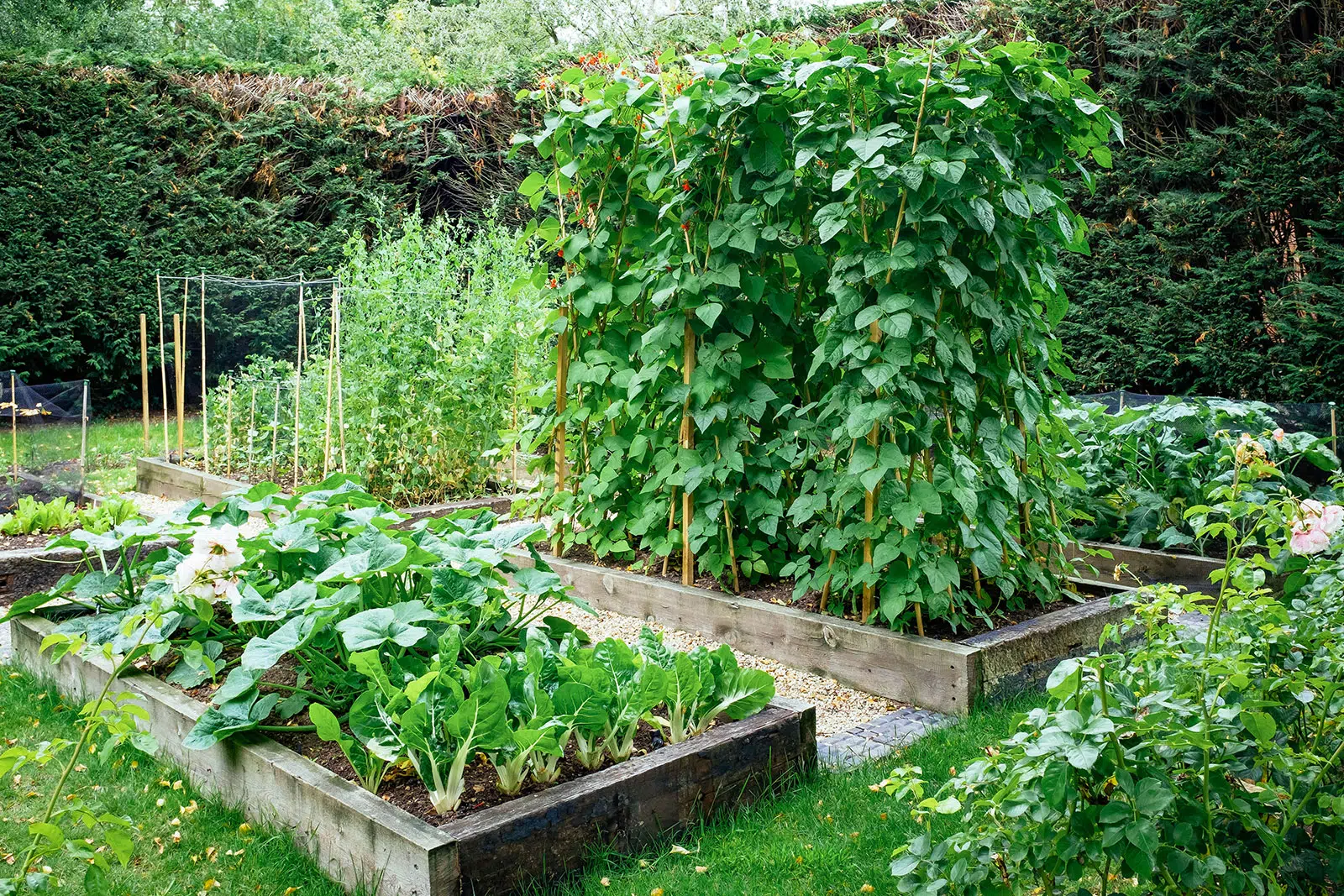
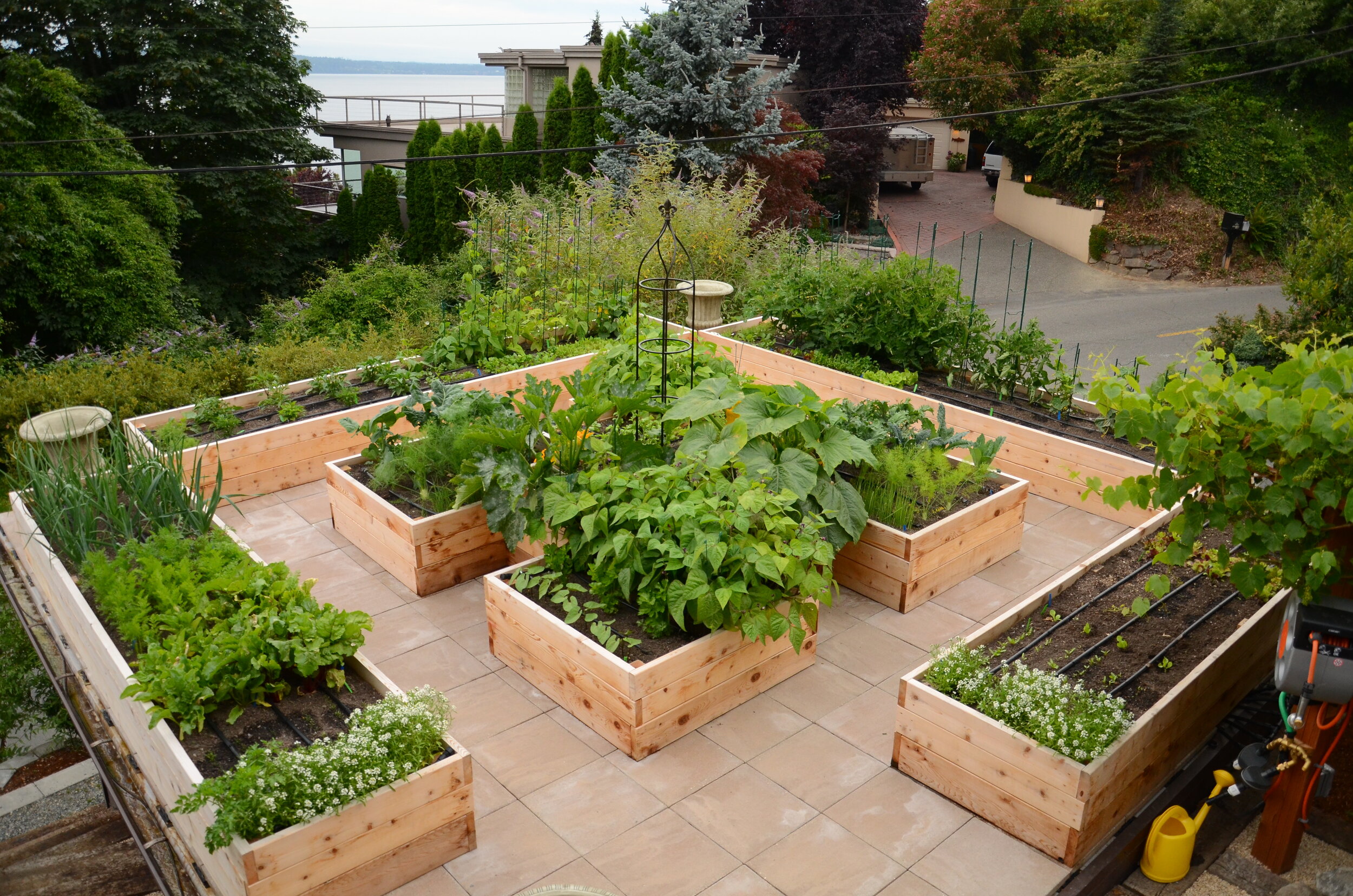
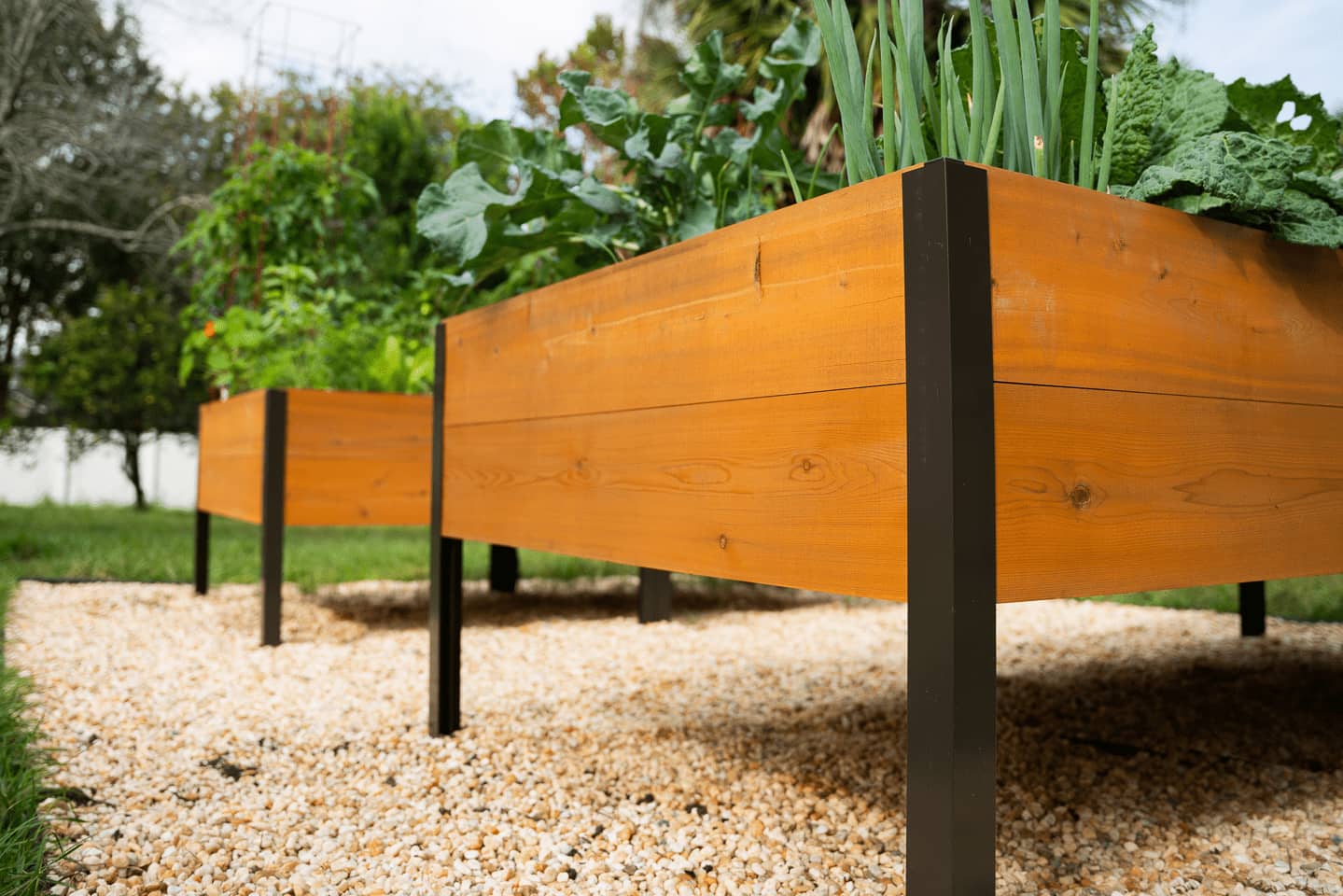
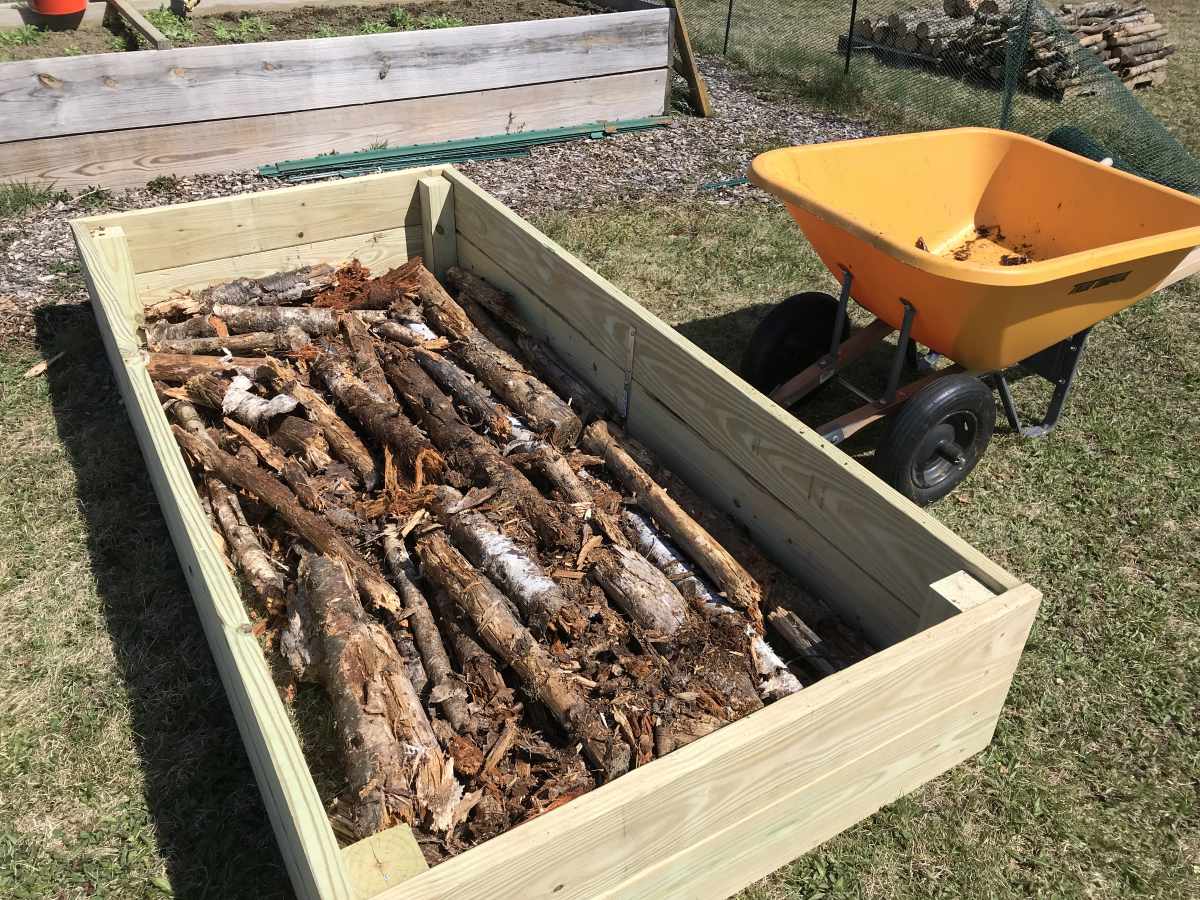
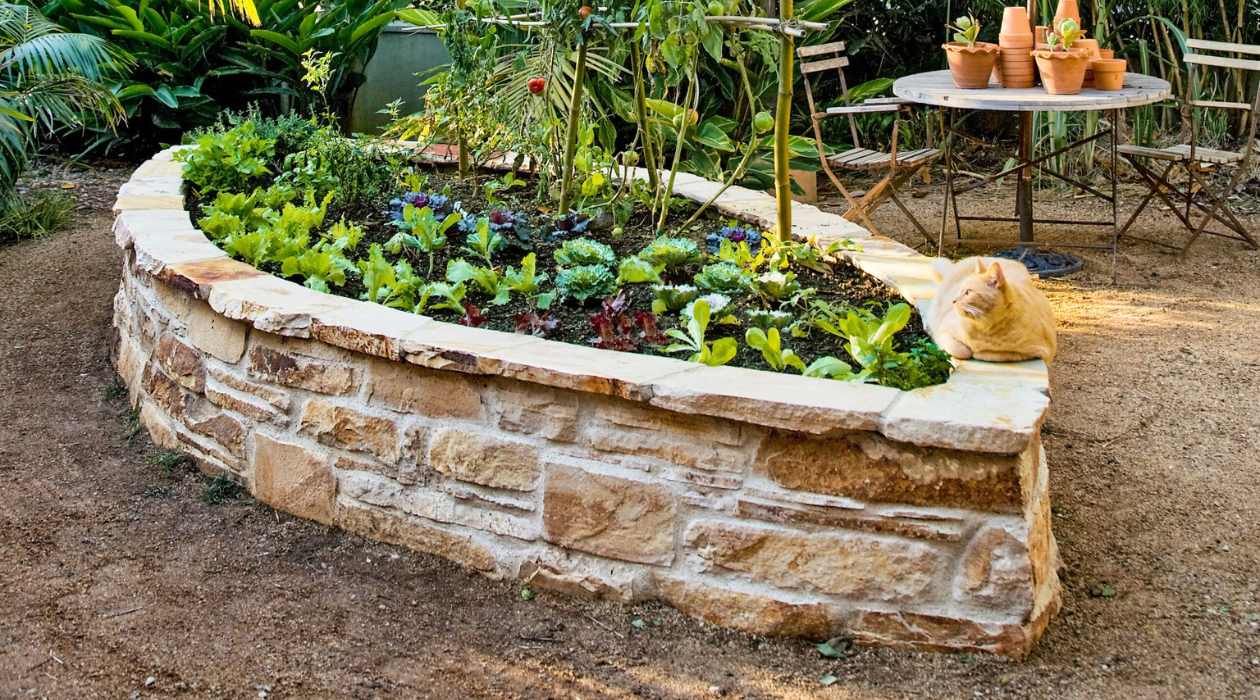
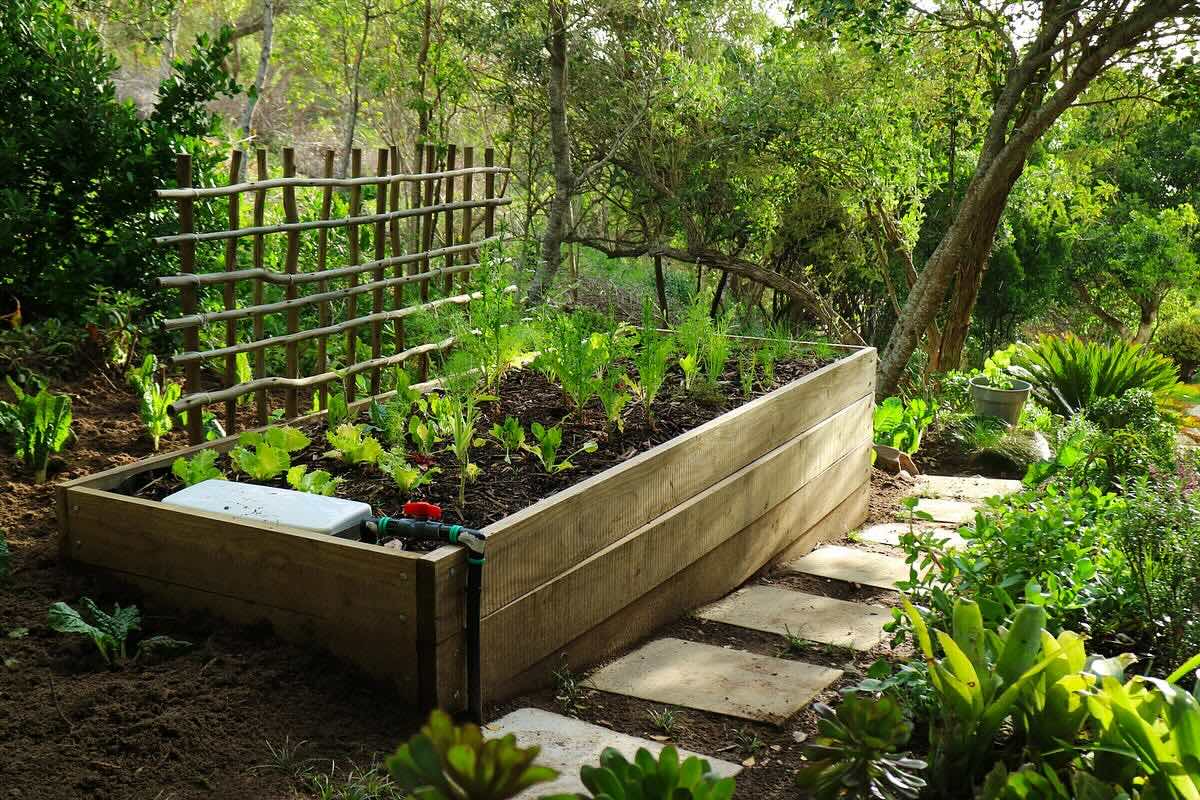
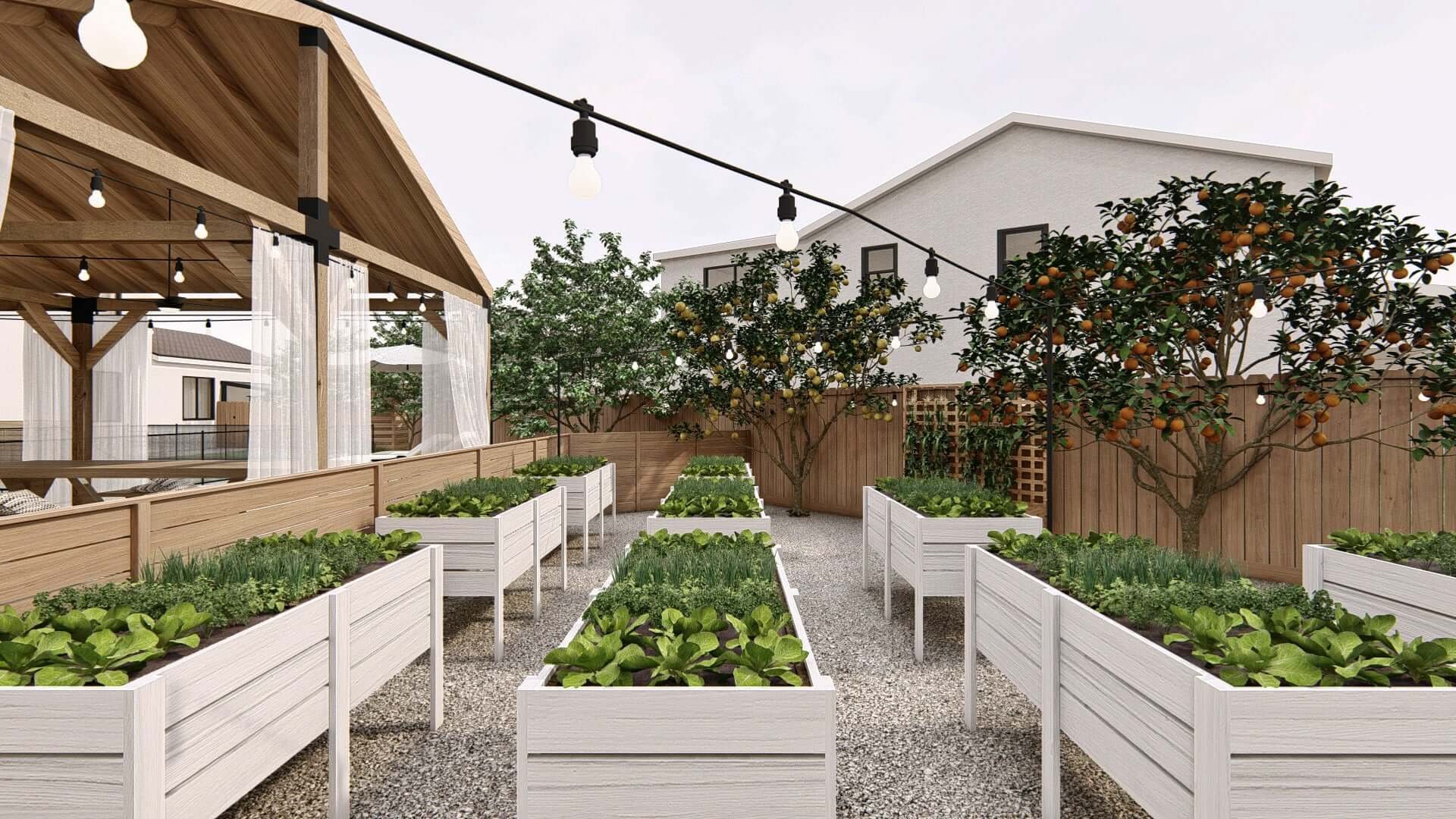

0 thoughts on “What Kind Of Soil To Use In A Raised Garden Bed”